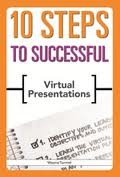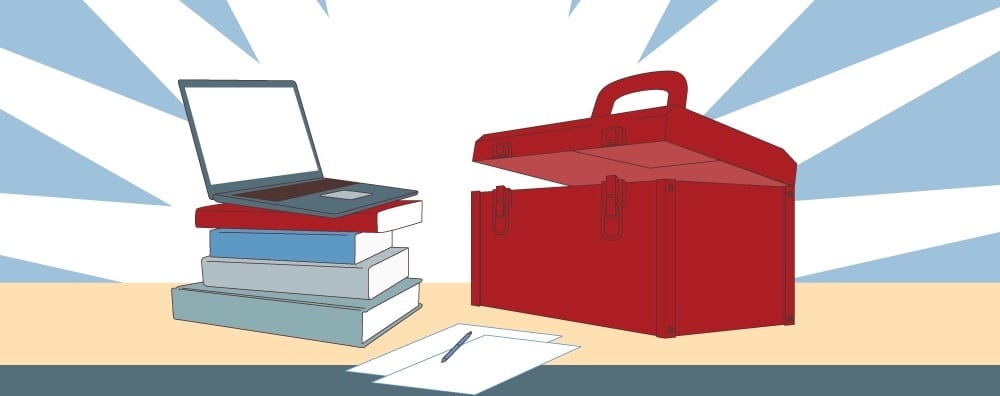Love ’em or hate ’em, Webinars are a fact of life these days – even more so since COVID came along – and they are an essential part of the Learning Revolutionary’s toolbox.
So, wouldn’t you like to ensure the Webinars you deliver are as good as possible?
In this episode of the Learning Revolution Podcast, Webinar expert Wayne Turmel discusses what tends to make Webinars less than successful in many instances, and what you can do to ensure you rise above the fray. You’ll get some great tips and also find out what the heck the “hrair limit” is!
Listen in, and don’t forget to share on social media.
Listen to the Podcast
Listen in below or subscribe on iTunes or Stitcher Radio.
Podcast: Play in new window | Download | iTunes
Get the Show Notes
01:45 – Introduction of Wayne Turmel, expert in communication skills and management, principal of Great WebMeetings.com. Wayne is also the author, among other works, of the American Society for Training and Development’s (ASTD) 10 Steps to Successful Virtual Presentations and of 6 Weeks to a Great Webinar.
02:25 – Addressing the “elephant in the room” – a lot of Webinars are just plain bad. Wayne discusses a survey he did in which the word participants used most commonly to describe Webinars was “suck.”(To be fair, these were marketing Webinars, not training/education Webinars. Of course – in my experience – there’s a good chance most training/education Webinars wouldn’t fair much better.)
03:45 – What tends to make Webinars be perceived as so bad? Wayne notes that fewer than 20% of people receive any training on using Webinar tools effectively before presenting to “innocent victims.”
04:40 – Wayne recently polled audience at an ASTD meeting. These were training professionals and well over half said they were charged with delivering Webinars before they themselves had ever participated in a Webinar they thought was good!
05:50 – Most of the people who are doing some form of training like being in front of a room. It’s often the part of the job they like best, but then they have to drop the part they like best in order to deliver in a virtual environment. This transition makes us “consciously incompetent,” basically incapable of being at our very best.
08:00 – Well delivered Webinars tend to look just like what successful training in the classroom looks like. In effective classroom education, people don’t just sit st still and listen for 45 minutes, watch the PowerPoint passively, and hold all questions until the end. There’s no reason to think this would somehow work magically in a Webinar when it doesn’t work in the classroom.
09:00 – Getting comfortable and preparing well absolutely essential. (Like so many things, just doing this part of the work conscientiously will stand you out from the crowd!) Presenters tend to be so focused on just getting through it that they deliver not very effective, not very satisfying experiences. Wayne notes that more than 80% of people use fewer than 25% of the features of Webinar platforms. Learn to use the chat, the whiteboard. Keep groups smaller and keep the phone lines open – remember you do a lot of “showing” and people talk spontaneously in traditional, classroom-based education sessions. Practice is essential for being able to do all of this fluidly. Presenters had to develop the “muscle memory.” They have to get comfortable enough to be able to do the sort of higher level things that make them successful in the classroom.
13:20 – When you are online, you get different types of feedback than you would in the class. Have to learn what that feels like. (More on this below)
13:33 – I ask Wayne for a few “must dos.” (1) You must keep your audience in mind. This sound obvious, but doing it is hard and – again – require practice and preparation. People reach their “hrair limit” – basically, the point at which their brain is full – more quickly in virtual environments. You have to break information into small chunks. Intersperse activities , questions. Understand the constraints your audience is under. (The term “hrair,” by the way, comes from the book Watership Down, which is a truly excellent read. If you have never read it, or read it only when you were a kid, I highly recommend it.)
16:00 – (2) You have to go after the “incidental” information – it’s not going to be obvious like it is in a face-to-face setting. Check in with your audience. Presenters often say “I asleep for questions and I never get any.” That happens when you let people sit passively for too long. You have to involve participants early – use polling, use chat, take questions along the way. And tune into the “attention” meter that many platforms now have. Can tell if people are starting to fade out.
17:40 – (3) Remember all of this does not happen naturally: it has to be built in. Wayne discusses the “Leader’s Guide” he uses with clients. This is a relatively detailed document that clearly indicates actions like “stop and ask for questions,” or “ask for a show of hands.” Create a similar document for your Webinars.
Some Quick Tips from Wayne on Working from a Webinar Script
18:46 – The development of a Leader’s Guide type document is one of Wayne’s main pieces of advice to trade and professional association, training firms, and other organizations that may be managing subject matter experts. But don’t feel like you have to have everything scripted – this will make it feel artificial and will trip people up. Wayne often just uses the PPT note pages to capture simple directions like “Make sure you say these three things” – and – very important – “Pause.” He prints this out and has it beside him as he speaks.
20:15 – The single biggest thing you can do is, once you have built your presentation, go back through and build in the moments for interaction. Where are the good times for questions, good times for polls, good times for pauses . This doesn’t happen organically, at least until you have had a lot of practice.
20:55 – Wayne also notes that with subject matter experts (SMEs), it can help a lot to do the presentation as an interview. This gives you have more control over the pauses, interactions, etc. It take the pressure off of SMEs, and it makes it easier for audience to follow because the presentation is naturally broken up by the back and forth. It also makes it easier for audience to focus: we involuntarily reconnect whenever we hear a new voice.
21:55 – You can find Wayne at www.GreatWebMeetings.com. There you will find videos, whitepapers, and a variety of downloads. Wayne also offers monthly Web Presentations Basics workshops.
23:00 – Wayne closes by saying that “we’ve all been tossed in the deep end ,” but there is a way to take it logically, calm down, and catch your breath. Everyone listening is already an expert in what they do – it’s just a matter of learning to use a new tool to share that expertise.
One final note from me: Wayne, like most of the people who I have interview here on the podcast – from Leo Babauta, to Alan Weiss, to Michael Stelzner – is someone who I consider to be a practicing Learning Revolutionary. He’s not just offering theory – he’s actually using the tools he talks about to deliver educational experiences to a global audience, generate income from it, and create a real impact. Everyone listening here can do the same.
As always, if you like the Learning Revolution podcast, I’d be forever grateful if you would do a brief review on iTunes and tell others about the podcast. Thanks!
See also:
Podcast: Play in new window | Download | iTunes
The theme music for Learning Revolution is The Information Age by Anthony Fiumano, available on the Podsafe Music Network.


